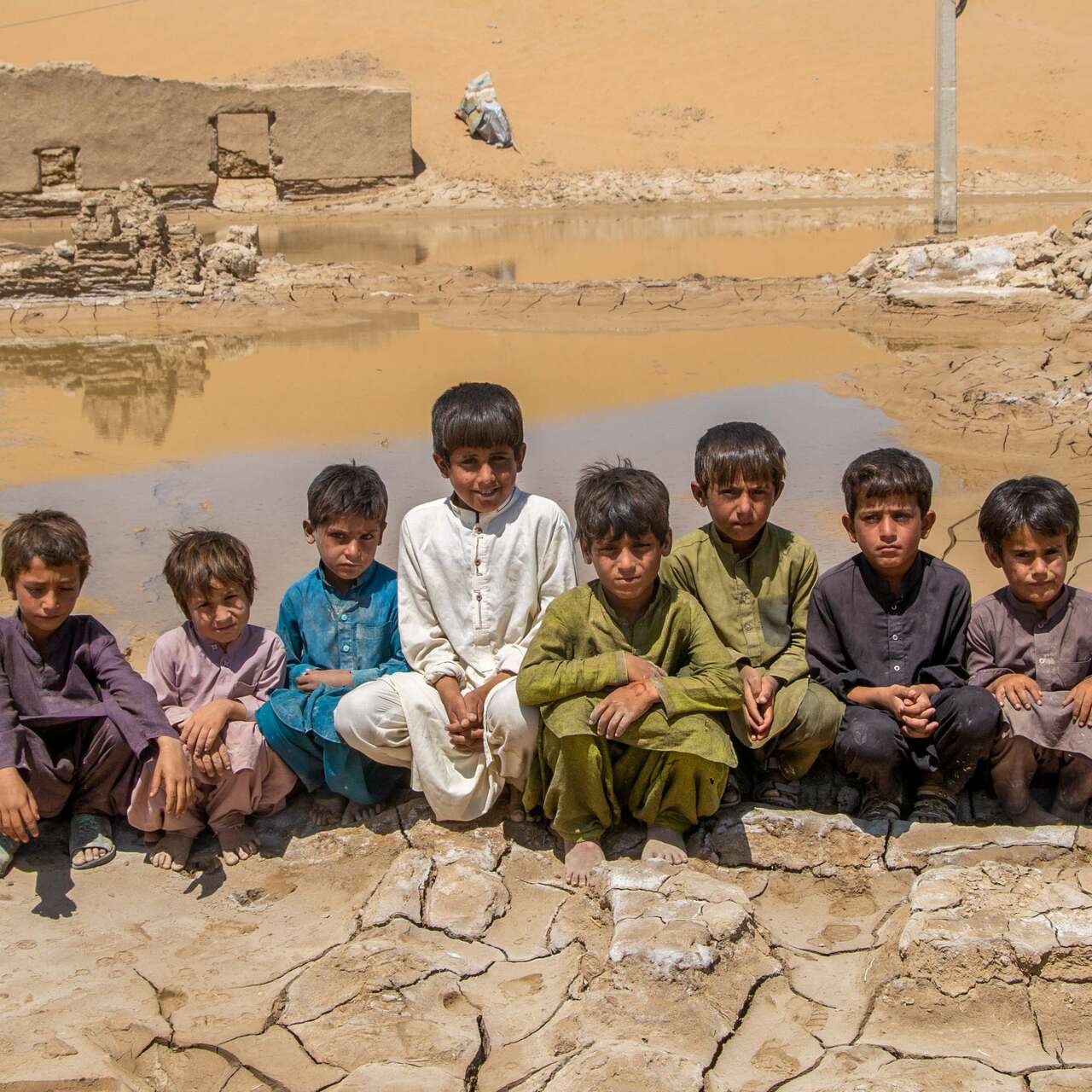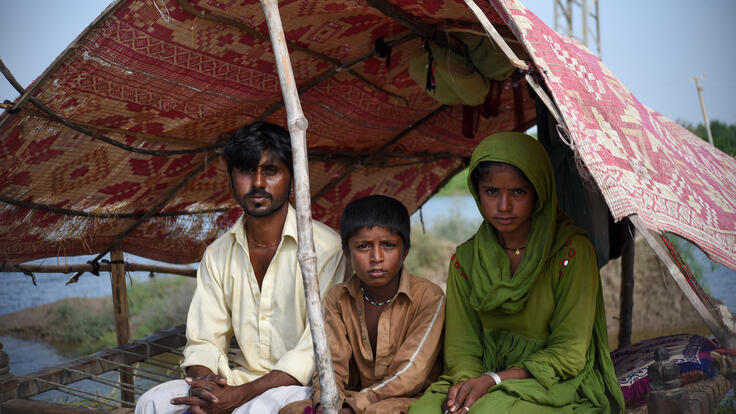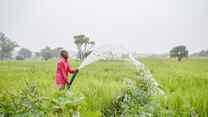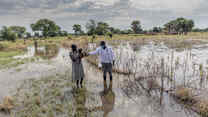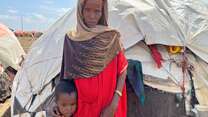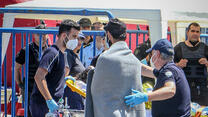Country facts
- Total population: 196 million
- People displaced by crisis: 3.2 million
- Rank in Human Development Index: 168 out of 193
IRC response
- Started work in Pakistan: 1980
Pakistan, located in South Asia, is one of the most disaster-prone countries in the world. The International Rescue Committee helps vulnerable Pakistanis rebuild from natural disasters and assists refugees from neighboring Afghanistan, as well as works to contain the spread of COVID-19 and strengthen existing capacities of the health system.
Pakistan has become increasingly vulnerable to humanitarian emergencies due to regional instability, climate change and widespread poverty. Now the country is also facing the spread of COVID-19.
Disasters both natural and man-made have plagued the country for over a decade. Earthquakes and monsoon floods frequently affect millions, rendering them homeless and in need of food, water and shelter. At the same time Pakistan is working to eradicate terrorism from the country.
To address emerging humanitarian needs, the government of Pakistan has adopted the United Nations’ Sustainable Development Goals. These include no poverty, good health and wellbeing, and quality education.
Pakistan has several populations each with a unique set of humanitarian challenges: communities that have been displaced by violence; many registered and unregistered Afghan refugees; and people uprooted by natural disasters such as floods or drought.
Given such challenges, quality of life for many Pakistanis suffers greatly. Many children lack basic education and are unprepared for life and work.
Additionally, health care services often do not offer support for the unique needs of women and girls. A high number of women die during, before or after childbirth; and girls often do not have enough information to make informed decisions about their health.
The International Rescue Committee’s mission is to help people whose lives and livelihoods are shattered by conflict and disaster to survive, recover and gain control of their future.
We first began working in Pakistan in 1980, providing emergency relief, health care, education, job training and other essential services in affected communities. Since then, the IRC has expanded to support communities in all eight provinces and territories of Pakistan.
Today, the IRC is confronting the COVID-19 pandemic in Pakistan, in close collaboration with the government, with emergency health services, economic well being activities, and engagement with the community on prevention measures. Our response includes establishing state of the art isolation centers and intensive care units (ICUs), providing handwashing facilities for communities, and support for home-based learning for children, including Afghan refugees.
As part of our awareness raising efforts around the virus, we have worked with government agencies such as the National Disaster Management Authority to support their mass media awareness campaigns. We have also engaged gender minorities in education efforts, as one of the few leading organizations in the country to serve the transgender community as well as hire them as staff members.
Information is the best prevention against #COVIDー19. Here is one way @RESCUEorg in Pakistan is working to reach those at risk, alongside trusted outreach within communities. pic.twitter.com/g49IfiD6KV
— David Miliband (@DMiliband) April 1, 2020
In addition to efforts to combat the pandemic, we continue to support vulnerable Pakistanis struggling to recover from long standing poverty and humanitarian challenges. We are focusing our efforts in Islamabad, Khyber Pakhtunkhwa, Sindh, Punjab and Balochistan by:
- assisting flood and earthquake survivors with emergency relief and ongoing services;
- building and repairing schools;
- setting up "child-friendly spaces" where children can safely play, learn and start to heal from trauma;
- providing clean water and sanitation, and encouraging good hygiene;
- supporting primary and reproductive healthcare through facilities in rural areas;
- offering job training and promoting job creation;
- providing cash assistance to help vulnerable families rebuild and meet basic needs, including families who have lost their livelihood due to COVID-19;
- working to improve the reading skills of children across Pakistan, including 1.3 million whose skills improved through the Pakistan Reading Project;
- empowering vulnerable communities with choice and freedom by emphasizing the use of cash over in-kind humanitarian assistance;
- responding quickly to emergencies through our country emergency team.
- investing in preparedness and risk reduction of the communities most prone to disasters through school and village-based disaster risk management and reduction initiatives.
The International Rescue Committee’s work in Pakistan is more critical than ever as the country strives to assist millions of displaced citizens, Afghan refugees and other vulnerable communities while confronting the impacts of COVID-19. We pledge to put the needs of those most affected by such disasters and challenges, particularly women and girls, at the forefront of our efforts and to achieve measurable improvements in health, safety and education.
